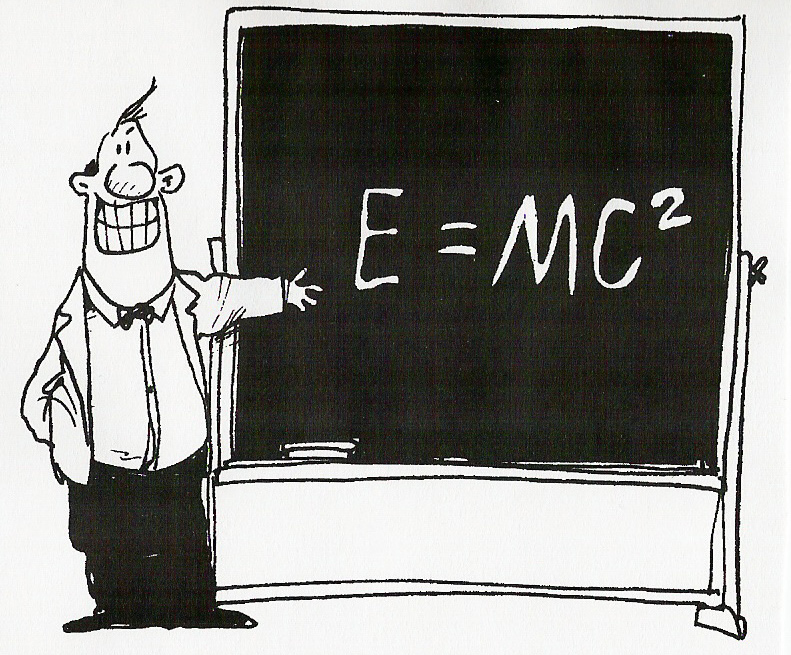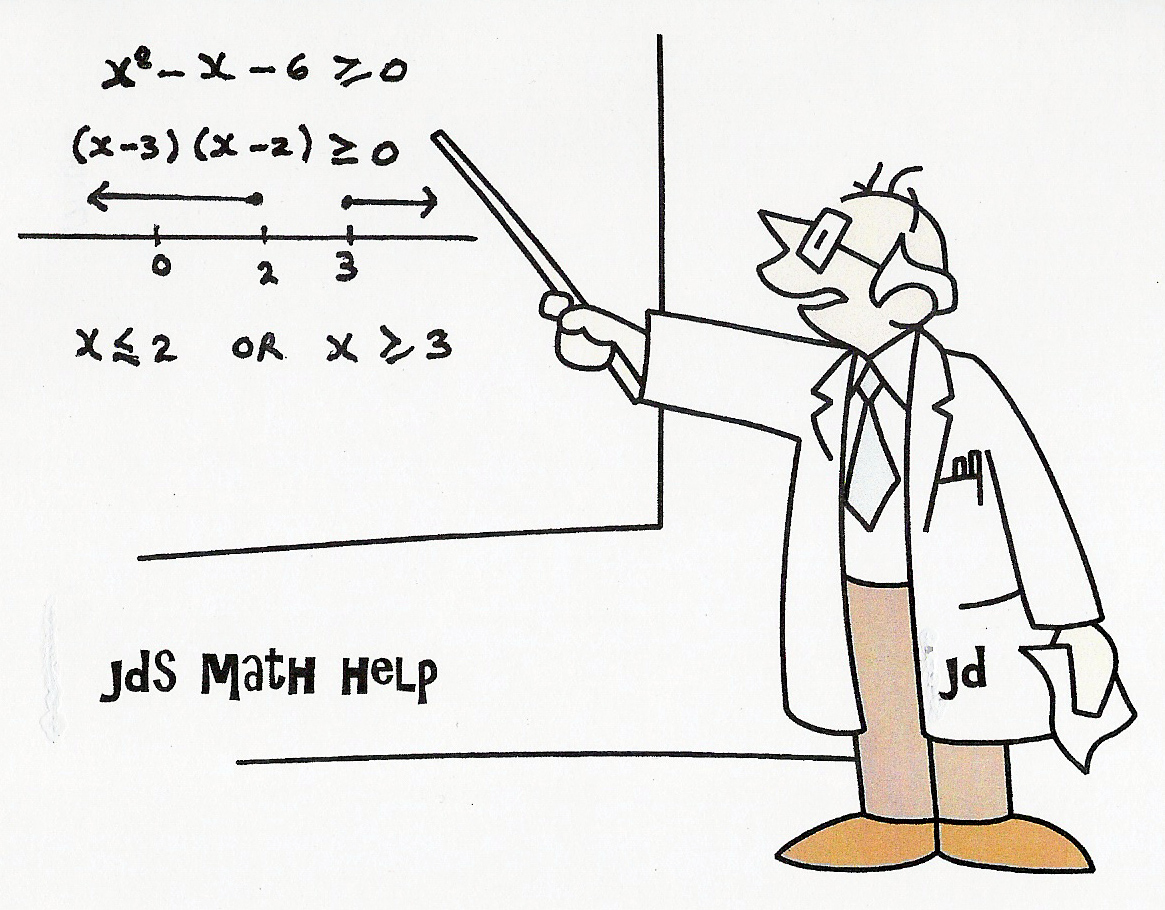|
|
|
|
|
||||||||
|
|
||||||||||||

UNIT
8 :
SEQUENCES AND SERIES
LESSON 1:
ARITHMETIC SEQUENCES HOMEWORK QUESTIONS
Quick Review
Arithmetic
Sequences:
A
sequence such as 2, 3, 8, 13,
is called an Arithmetic
Sequence. These sequences have the following
properties.
·
Terms
are denoted as t1 , t2 , t3 , referring
to term1, term 2,
term 3
·
The difference between successive terms is constant. ie t2
t1 = t3 t2 = t4 t3
etc
·
This
difference is called the common difference and denoted using the letter d. Here d = 5.
·
The
first term is denoted using the letter a. Here a = -2.
·
Successive
terms are found by adding the common difference, d, to the preceding
term. Hence t5 = 13 +
5 = 18 etc.
·
The
formula for the general term or nth term is tn = a + (n
1)d
·
Arithmetic
sequences are linear functions with domain the natural numbers N =
{1, 2, 3, 4, 5,
}

Homework
Questions:
1. State
which of the following are arithmetic.
Find a and d for those that are arithmetic.

2. In each of the following arithmetic
sequences, determine t10 and tn .
a) -9, -2, 5, 12, 19,
b) 2, 2.5, 3, 3.5,
c) x 2b, x, x + 2b, x + 4b,
![]()
3. Find a, d, tn for the
arithmetic sequences given the following terms.
![]()
4. The third term of an arithmetic sequence is
14 and the ninth term is 1. Find the twentieth
term.
5. Find the number of terms for the sequence
below.
2, 9, 16,
, 107
6. Given the arithmetic sequence 5, 2, -1,
. Which term is 82?
7. Find the number of multiples of 7 between and including 21 and 147.
8. Find the first term and common difference
for the sequence defined by tn
= 5 2n.
9. a)
Complete the table of values below for the sequence defined by tn
= 2n 3.
|
n |
1 |
2 |
3 |
4 |
5 |
6 |
|
tn |
|
|
|
|
|
|
b)
Use finite differences to explain why the sequence is arithmetic.
c)
Sketch the graph of n vs tn . What shape does the
graph of an arithmetic sequence have?
Should you join the points on the graph?
10. On the first day of practice, the track team
ran 3 laps of the field. The coach
plans to increase the number of laps by two each practice.
How many laps will they run on the
eleventh practice?
![]()
13. Find the value of a that makes the following
sequence arithmetic.
2a 1, 5, 3a + 1,
14. Given an arithmetic sequence with tn
= a + (n-1)d, prove that tn tn-1 = d.
Solutions:
Solutions:
a) t4 t3 = 5 3
= 2
t3 t2 = 3
1 = 2
t2 t1 = 1
(-1) = 2
The sequence
has a common difference. Hence it is
arithmetic with a = -1 and d = 2.
b) t4 t3 = -7
5 = - 12
t3 t2 = 5
(-3) = 8
t2 t1 = -
3 1 = - 4
The
sequence does not have a common difference.
Hence it is not arithmetic.

The
sequence does not have a common difference.
Hence it is not arithmetic.
d) t4 t3 = 1 7
= -6
t3 t2 = 7
13 = -6
t2 t1 = 13
19 = -6
The
sequence has a common difference. Hence
it is arithmetic with a = 19 and d = - 6.
e) p, p q, p 2q, p 3q,
t4 t3 = p 3q (p 2q) = p 3q p + 2q
= - q
t3 t2 = p
2q (p q) = p 2q p + q = - q
t2 t1 = p
q p = - q
The
sequence has a common difference. Hence
it is arithmetic with a = p and d
= - q.
2. In each of the following arithmetic
sequences, determine t10 and tn .
a) -9, -2, 5, 12, 19,
b) 2, 2.5, 3, 3.5,
c) x 2b, x, x + 2b, x + 4b,
![]()
Solutions:
a)
-9,
-2, 5, 12, 19,

a = -9 d = 7 t10 = ? tn = ?
b) 2, 2.5, 3, 3.5,
a = 2 d = 0.5 t10 = ? tn = ?

c) x 2b, x, x + 2b, x + 4b,
a = x d = 2b t10 = ? tn = ?



3. Find a, d, tn for the
arithmetic sequences given the following terms.


4. The third term of an arithmetic sequence is
14 and the ninth term is 1. Find the
twentieth term.
Solution:

5. Find the number of terms for the sequence
below.
2, 9, 16,
, 107
Solution:
a = 2 d = 7 n = ? tn = 107

6. Given the arithmetic sequence 5, 2, -1,
. Which term is 82?
Solution:
a = 5 d = -3 n = ? tn = - 82

7. Find the number of multiples of 7 between and including 21 and 147.
Solution:
a = 21 d = 7 n = ? tn = 147
8. Find the first term and common difference
for the sequence defined by tn
= 5 2n.
Solution:

9. a)
Complete the table of values below for the sequence defined by tn
= 2n 3.
|
n |
1 |
2 |
3 |
4 |
5 |
6 |
|
tn |
|
|
|
|
|
|
b)
Use finite differences to explain why the sequence is arithmetic.
c)
Sketch the graph of n vs tn . What shape does the
graph of an arithmetic sequence have?
Should you join the points on the graph?
Solution:
a)

|
n |
1 |
2 |
3 |
4 |
5 |
6 |
|
tn |
-1 |
1 |
3 |
5 |
7 |
9 |
b) The finite differences are:

Since
the first finite differences are constant, the sequence is a linear function and
hence arithmetic with common difference d = 2.
c) tn

n
The
graph is linear, but only a series of isolated
points as the domain
of any sequence is the set of Natural Numbers {1, 2, 3, 4,
}, not the Real
Numbers.
- ie we cant have decimal or fractional
values for n.
10. On the first day of practice, the track team
ran 3 laps of the field. The coach
plans to increase the number of laps by two each practice. How many laps will they run on the eleventh
practice?
Solution:
This
forms an arithmetic sequence with first term 3 and common difference 2. Find t11.

11. The first 3 terms of an arithmetic sequence
are 2, 3 and 8. Is 561 a term of the
sequence? [Hint - Find tn]
Solution:
The first
term is 2 and the common difference is 5.
Find tn.

Note:
If you try 563, n will come out to be 514 which is a natural
number and hence 563 is a term of the sequence.

a = 48 d = - 4 n = 9![]()
13. Find the value of a that makes the
following sequence arithmetic.
2a 1, 5, 3a + 1,
Solution:
Recall
to be arithmetic, the test is

14. Given an arithmetic sequence with tn
= a + (n-1)d, prove that tn tn-1 = d.
Proof:




